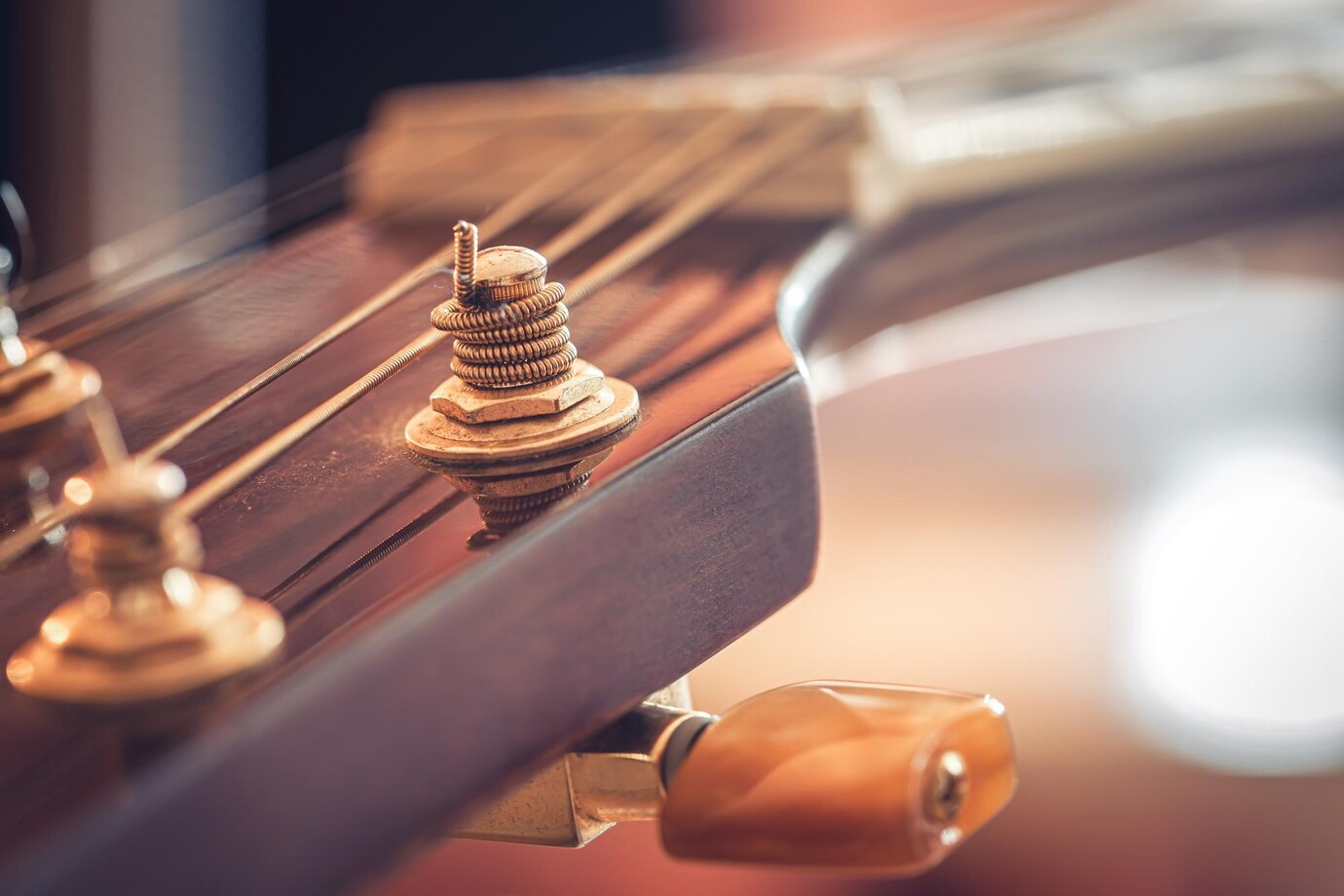
Maintaining the perfect pitch on an oud is an art in itself, demanding not only skill but also a keen understanding of the instrument’s intricacies. Any oud player knows, tuning is an ongoing endeavor, influenced by factors like string tension, humidity, and temperature. In this exploration of oud tuning tips and tricks, we embark on a journey to ensure the oud remains in harmonious equilibrium. These insights into the nuances of maintaining pitch not only enhance the instrument’s tonal quality but also contribute to a more fulfilling oud-playing experience.
Dealing with String Tension
String tension is a fundamental consideration when it comes to maintaining perfect pitch on the oud. The balance between the tension of each string plays a crucial role in the instrument’s overall sound. To keep your oud in optimal condition, consider these tips and tricks:
- Regular String Inspection: Routinely inspect your strings for signs of wear and tear. Strings can weaken or develop kinks over time, affecting their tension and pitch. Replace any damaged or worn-out strings promptly to maintain consistent tension.
- Climate Considerations: String tension can be influenced by changes in humidity and temperature. In humid conditions, strings may absorb moisture and loosen, while in dry environments, they can contract and tighten. It’s essential to acclimate your oud gradually to new climates to minimize sudden tension shifts.
- String Material Selection: Experiment with different string materials to find the tension that suits your playing style and musical preferences. Nylon and fluorocarbon strings, for instance, offer a different feel and tension compared to traditional gut strings.
By understanding and managing string tension effectively, oud players can ensure their oud tuning is perfect in preserving its exquisite sound and enhancing their playing experience.
Humidity and Climate Considerations oud tuning
Oud players are intimately aware of the impact that humidity and climate can have on their instruments. The oud’s sensitivity to environmental conditions, particularly fluctuations in humidity and temperature, poses unique challenges in maintaining its tuning stability. This is particularly important when dealing with a stringed instrument like the oud, where precision is paramount.
In regions with diverse climates, the oud’s wooden body can swell or contract due to humidity changes, affecting string tension and consequently, pitch. Oud strings, made from materials such as gut or nylon, can be sensitive to these variations.
To address humidity and climate considerations in oud tuning, players must adopt a proactive approach. This involves using hygrometers to monitor humidity levels in their practice or storage spaces and employing humidifiers or dehumidifiers as needed to maintain the ideal humidity range (typically around 40-60%). Furthermore, gradual acclimation of the oud to new climates is crucial to minimize sudden tension changes.
By understanding and managing these humidity and climate factors, oud players can ensure that their instrument remains in tune, enabling the creation of harmonious melodies that captivate listeners and reflect the beauty of this ancient, enchanting instrument.
